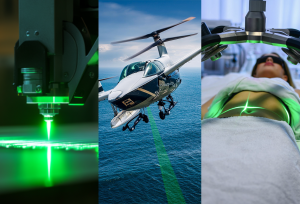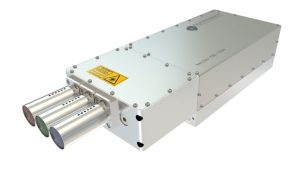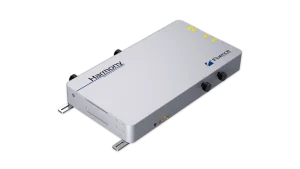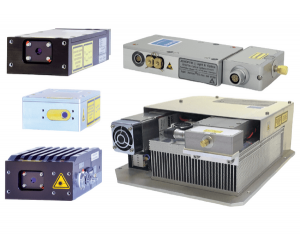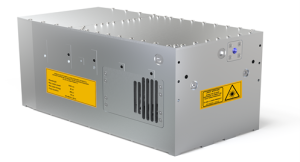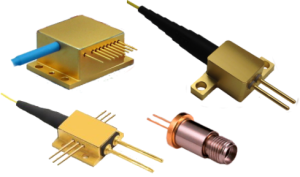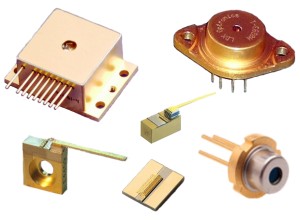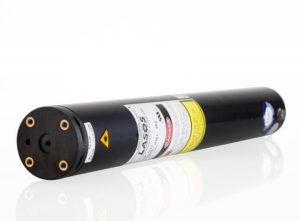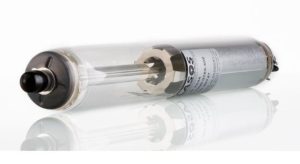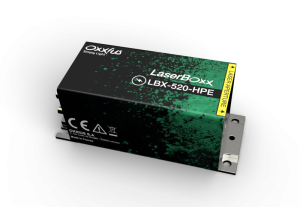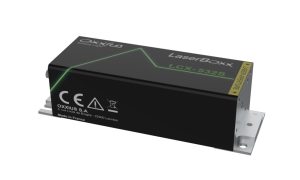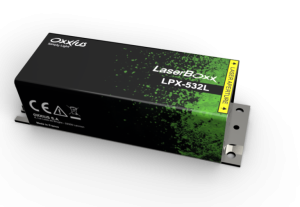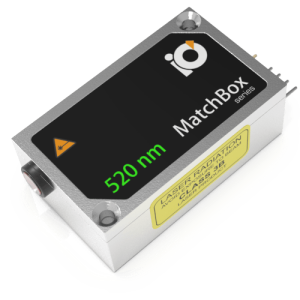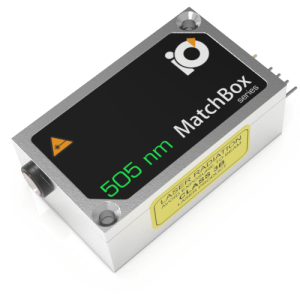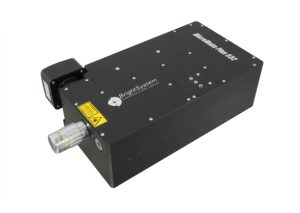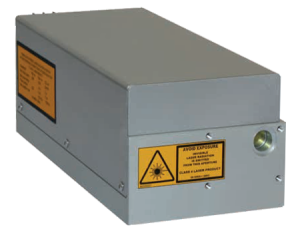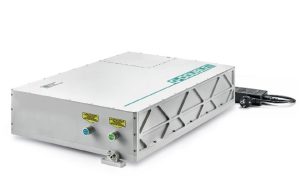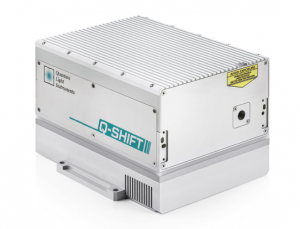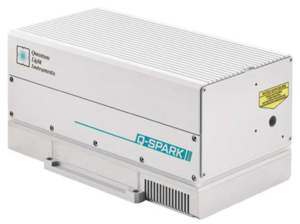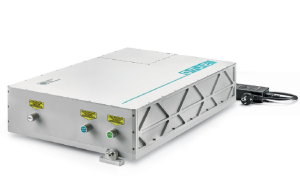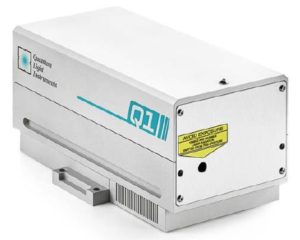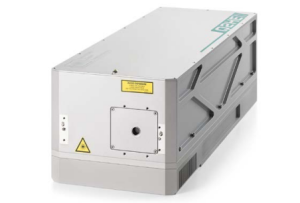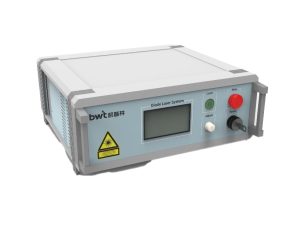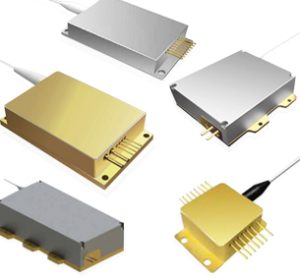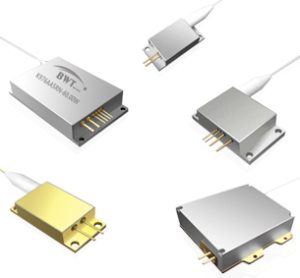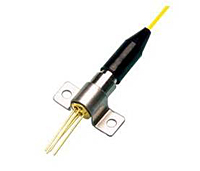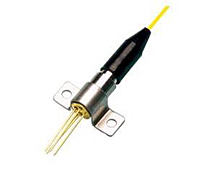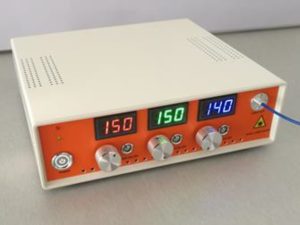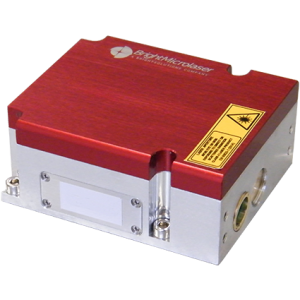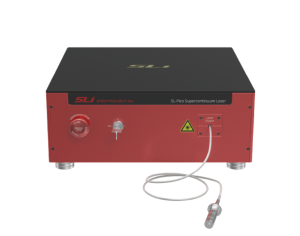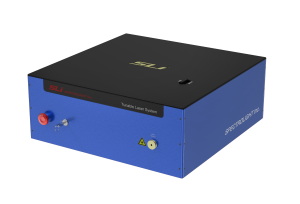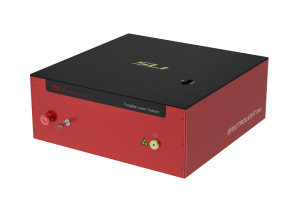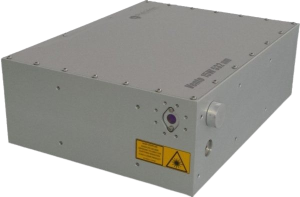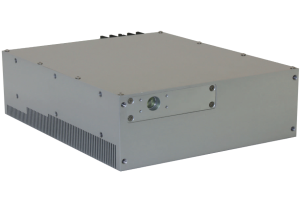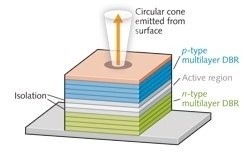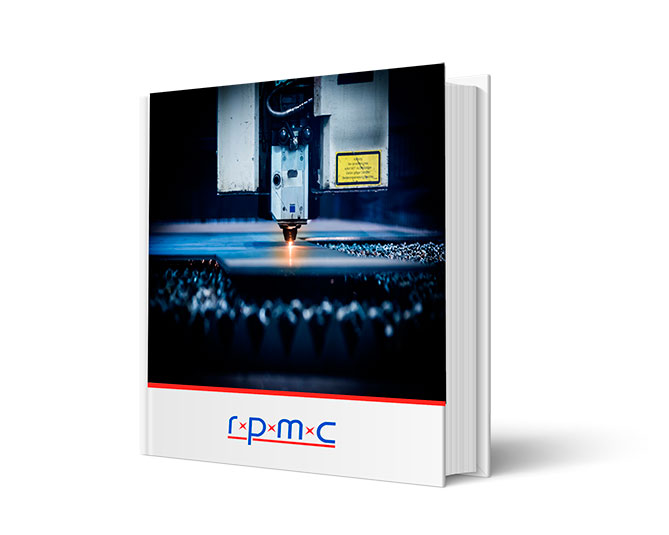The Green Lasers We Offer:

Excellent Visibility, even in Sunlight
-
- High contrast & visibility in daylight, fog & long-range
- 10-50x brighter to the human eye than red lasers
- Higher visibility laser diodes/LD modules w/ less power/cost

Efficient light-matter Interactions for Various Materials vs. IR
-
- More efficient processing than IR lasers for certain applications
- Higher absorption in copper, gold, aluminum & other metals
- Smaller spot size & less HAZ for better quality cuts & marks
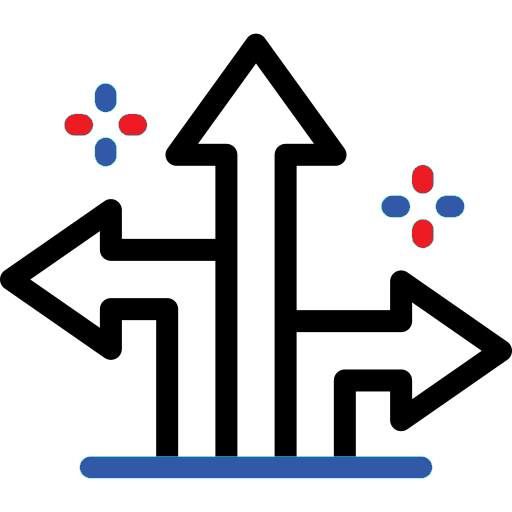
Wide Range of Laser Technologies and Price Points
-
- Pulsed & CW DPSS, HeNe, microchip, diodes & more
- Component to module to OEM integration levels
- Configurable platforms for tailored solutions
For nearly 30 years, RPMC’s selection of Green Lasers has set the standard for affordable precision across a wide range of applications, from defense to medical, industrial, and research with 1000’s of successful units in the field. We understand that every application has unique requirements, which is why our configurable platforms are designed to offer the perfect fit for your needs—whether you’re working with fundamental wavelengths, harmonics, or specialty wavelengths. As your partner, we’re here to guide you through the selection process, ensuring that your green laser integrates seamlessly into your existing systems. With time-tested technology that balances power and precision, we’re committed to supporting your success every step of the way.

 SHIPS TODAY
SHIPS TODAY 